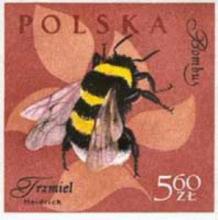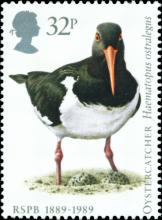Watchdog warns on toxic teas
- Read more about Watchdog warns on toxic teas
- Log in to post comments
Safety examinations on 20 kinds of herbal teas showed that nine kinds of chrysanthemum drinks contained pesticide residue, with eight of them exceeding regulated safety limits, the Consumers’ Foundation said yesterday, urging consumers not to drink the first infusion of tea. The foundation purchased 20 kinds of herbal teas, including nine chrysanthemum teas, three rose teas, three lavender teas, two chamomile teas and three herb teas with dried berries, from various stores in Taipei City and New Taipei City (新北市) and had them tested for heavy metal, sulfur dioxide and pesticide residues in July. A total of 18 kinds of pesticide residues were found, including carbendazim, dimethomorph and imidacloprid, which are often used on food products, the foundation said, adding that difenoconazole and flusiconazole, which are prohibited on spice and other herbal plants, were also found.










